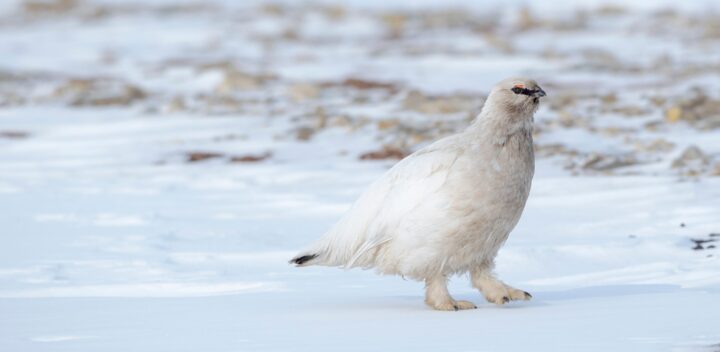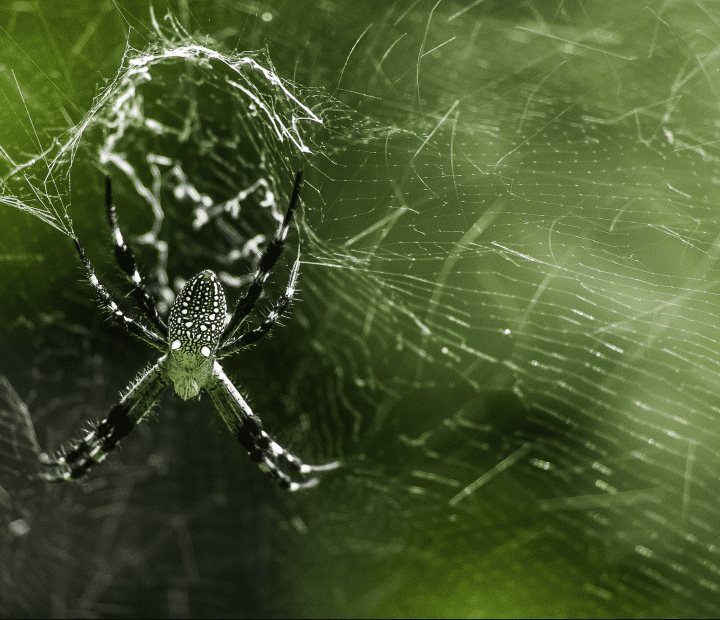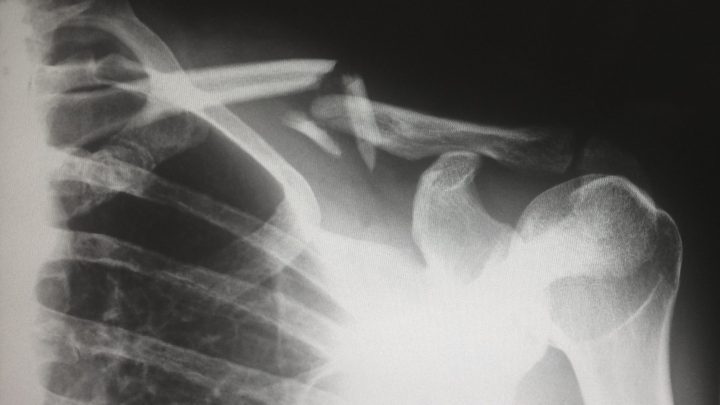The beak of the golden-fronted woodpecker protects the brain from trauma by having a shape and material composition that diverts vibrational forces away from the cranial cavity.
[Editor’s Note, 2022: New research from Sam Van Wassenbergh et al. suggests woodpeckers’ “cranial skeleton is used as a stiff hammer to enhance pecking performance, and not as a shock-absorbing system,” and that brains are protected from concussions by their small size. A corresponding update to this page and related pages is pending.]
Species of woodpeckers, such as the golden-fronted woodpecker (Melanerpes aurifrons), drum with their beak to establish their territories and attract mates. The high-speed pecking motion causes a tremendous amount of stressed force on the animal. However, the woodpecker has a specialized beak that helps to prevent physical and neurological trauma by diverting forces away from the brain. Its beak will absorb and divert forces 2-8 times greater than that of the skull.
The beak is comprised of two layers—an interior layer of strong, dense bone, and an exterior layer of flexible tissue matter. While the exterior layer of the upper beak is slightly longer than that of the lower beak, X-ray imaging shows that the interior layer of the lower beak is slightly longer than its upper counterpart.
The exterior layer is the first to encounter any impact forces. The flexible tissue allows the upper beak to bear high amounts of stress and reduces the risk of shock by bending and flexing with each vibrational transmittance.
Once forces reach the hard bone, the upper beak intersects with a thin system of bone, tendon, and muscle surrounding the skull called the hyoid apparatus (read more here). Forces then travel along the hyoid, diverting around the skull and back out through the tongue.
As forces continue to travel along the beak, those that have not been diverted by the upper beak encounter the inner-lower beak. Following the path of least resistance, vibrational forces follow the downward slope of the beak’s shape down and away from the cranial space.
This strategy was contributed by Allison Miller.
Check out these related strategies that collectively protect the woodpecker’s brain from impact:








